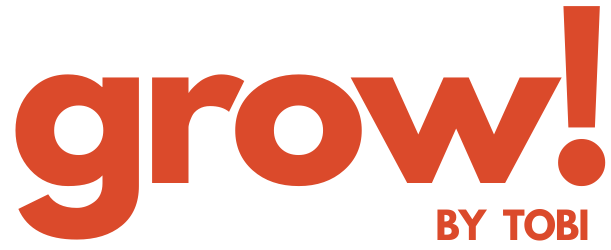Every product looks amazing—until it’s time to market it. Funny, right? But it’s the hard truth. Marketing is the real test, where we find out if a product is truly great. Not because of the features the founding team thinks are cool, but based on how well it connects with the audience.
So, why am I saying this? When working on a brilliant idea, it’s easy for a founder to start believing their product is the next big thing, like “the best thing since sliced bread.”
But what if we flipped the script? What if you could know whether your product delivers value before you start marketing? What if you could avoid burning through your savings on something people don’t really need?
The secret? A community-driven product development approach.
What is Community-Driven Product Development?
Imagine you’re cooking a meal, but instead of guessing what your guests might enjoy, you ask them directly and even let them help in the kitchen. That’s community-driven product development. It’s about involving the very people who will use your product, making sure it’s something they genuinely want and need.
In Africa, where community and collaboration run deep, this approach is especially powerful. Look at M-Pesa in Kenya. Safaricom didn’t just build a mobile money service out of thin air—they engaged with local merchants and communities to understand the needs of unbanked populations. The result? A product that became indispensable.
Technology should be made for people, not the other way around. Understand your potential users and build to meet their needs, not what you think they need.
Why This Approach Works
Build Trust: When you involve a community in the creation process, you naturally build trust. They’ve seen the product grow, contributed to it, and are more likely to embrace it fully. Take Paystack in Nigeria, for instance. By engaging directly with developers and business owners, listening to their pain points, and crafting solutions that made sense, Paystack built trust that fueled their rapid growth.
Get Instant Feedback: Community-driven development offers immediate insights, saving you from costly mistakes. It’s like having a constant pulse on what’s working and what isn’t.
Achieve Organic Growth: A community that feels ownership over a product is more likely to champion it. They become your first brand ambassadors, spreading the word naturally. This was key to the rise of mobile money platforms in Kenya, where communities played a pivotal role in the adoption and growth of services like M-Pesa.
Ghana’s Shea Butter Cooperatives are another great example. By working closely with local women’s cooperatives, these companies not only ensured high-quality products but also built brands rooted in community empowerment. These cooperatives didn’t just create products; they sparked movements, with community members becoming their first advocates and customers.
How to Build a Product with Your Community
Step 1: Identify and Engage with Your Community Start by figuring out who your product is for. Are they young entrepreneurs, farmers, or urban professionals? Find out where these people connect, whether it’s online forums or local gatherings. If you’re developing an app for farmers, attend agricultural fairs or join farmer cooperatives.
Don’t just jump in with your ideas. First, listen. Participate in conversations, ask questions, and understand their challenges. It’s crucial to build relationships before seeking input.
Step 2: Co-Create the Product Once you’ve built trust, bring the community into the product development process. This could be through workshops, online surveys, or beta testing groups. For instance, if you’re creating a new e-commerce platform, involve local sellers in testing and refining the interface.
Set up continuous feedback loops. Whether it’s through regular check-ins, community forums, or social media polls, make sure the community feels heard. This ongoing dialogue helps you make necessary adjustments and shows the community that their input matters.
Step 3: Launch with the Community When it’s time to launch, let the community lead the way. This could mean a soft launch within your community, allowing them to spread the word organically. Think about how Nigerian musicians often build a fanbase by first releasing tracks to local clubs and influencers before going mainstream.
Identify key figures within your community who are passionate about your product. These ambassadors can help amplify your message, reaching audiences you might not have direct access to. In Africa’s beauty industry, influencers and community leaders have played a significant role in the success of locally-made skincare brands.
By building your product with and for the community, you’re not just creating something people genuinely need; you’re also building a loyal customer base that will grow with you. In the end, it’s not just about creating a product—it’s about sparking a movement.



